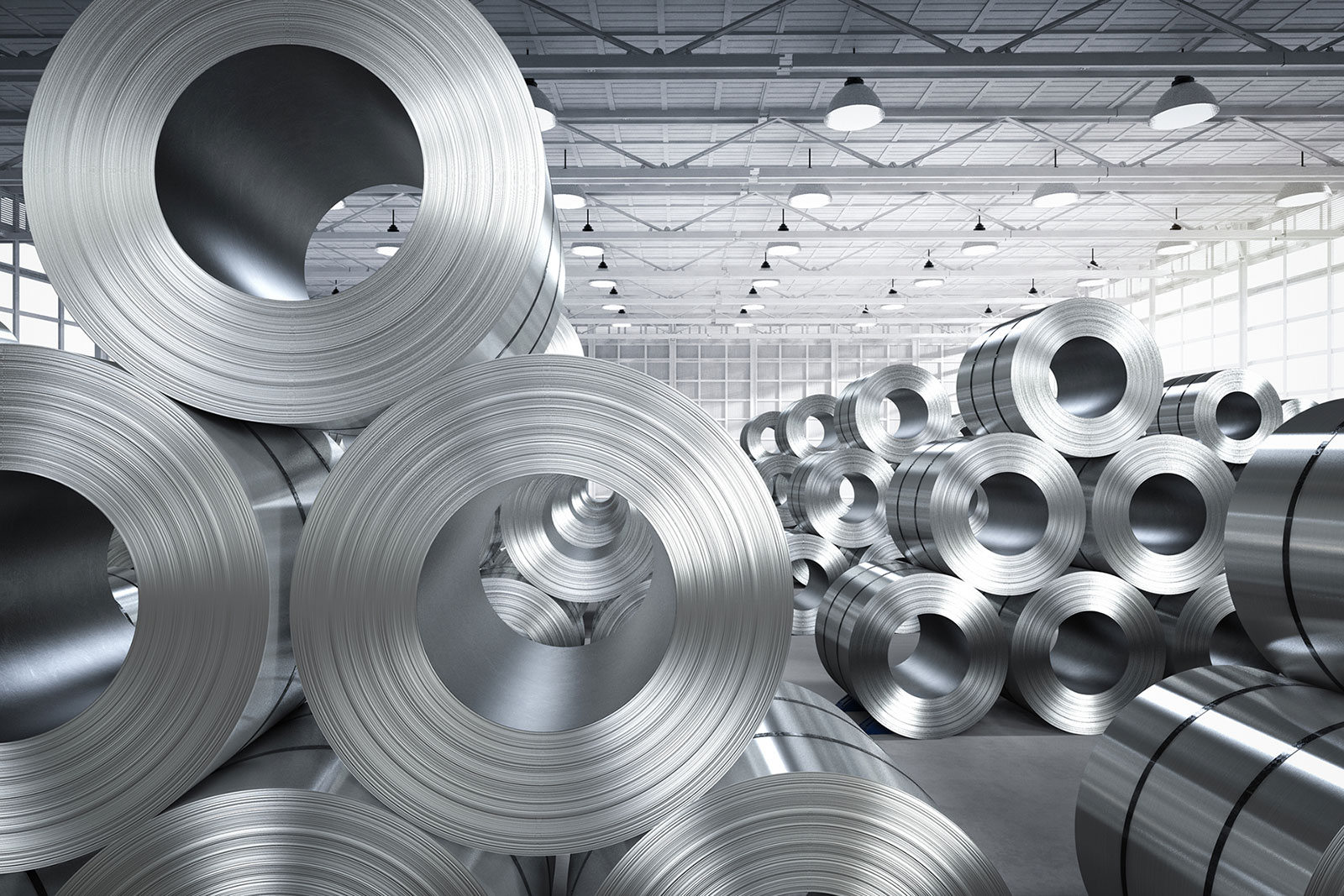How stakeholder collaboration is enabling the green transition in the steel industry
Santeri Palomäki, Manager, Industry and Built Environment
A recent announcement signaled a glimmer of hope from the steel industry, showing that with the right ingredients it’s possible to create a bankable business case for projects to decarbonize the highest-emitting sectors. H2 Green Steel raised more than €4 billion in debt financing for the world’s first large-scale green steel plant. The Swedish steelmaker is constructing a flagship steel plant with integrated green hydrogen and green iron production in Boden, northern Sweden. The end-product will result in steel with up to 95% lower CO2 emissions compared to conventional steel produced in coke-fired blast furnaces. Once operational, this will mark a significant step on the road to tackling the 8-10% of global GHG emissions from steel production.
Demand and finance in place
The recipe for this success story includes several ingredients. First and foremost, the commitment from leading customers across several industries. Truck manufacturers Scania and Volvo Group, car manufacturer Porsche, automotive suppliers ZF and KIRCHHOFF Automotive, indoor heating and cooling solutions supplier Purmo Group and IKEA’s parent company INGKA Group, along with others, have signed deals with H2 Green Steel to purchase green steel once the Boden plant becomes operational. In fact, half the initial yearly volumes of steel have already been sold.
These demand-side commitments, along with green credit guarantees provided by the Swedish National Debt Office and Euler Hermes, have provided the lenders with the required confidence to invest debt financing in the project. In addition to debt financing, H2 Green Steel has mobilized finance from other public and private sources.
It raised close to €300 million in equity funding from the likes of Microsoft Climate Innovation Fund, Siemens Financial Services and Just Climate and signed a €250 million grant agreement under the Innovation Fund through the European Climate, Infrastructure and Environment Executive Agency (CINEA). The Innovation Fund is financed by the European Union’s Emissions Trading System and supports innovative projects that aim to speed up decarbonization of European industry and accelerate the green transition.
The role of government policy
As the example shows, commercial projects delivering notable emission reductions require companies from across different industries, along with policymakers and financiers, to pull in the same direction. As our Corporate Climate Stocktake (CCST) report series, launched in collaboration with the High-Level Champions and our knowledge partners at Bain & Company, outlines, business is ready to place its bets on green technologies. Looking at the findings of our CCST report for the steel industry, many of the elements desired by companies are present for Swedish steelmakers – SSAB being the other major green steel player in northern Sweden. Both can procure zero-emission electricity (mainly hydro), high-grade iron ore (supplied by Rio Tinto for H2 Green Steel, LKAB for SSAB), and scrap steel.
Companies surveyed are also clear that policymakers must be ready to walk the talk and come through on their Nationally Determined Contributions (NDCs), by creating robust policies and incentives.
Europe has implemented a strong carbon pricing mechanism, which disincentivizes steelmakers to invest in coal-based steel production. Based on the findings of our report, ~75% of steel sector leaders from the U.S., Canada, and Europe – regions with progressive industrial climate policies – believe that they can completely shift away from fossil-based steel production by 2050.
Governments can further enable and enhance this progress by developing the favorable policy conditions required for such investments:
- Promote the supply of zero-emission electricity capacity
- Channel subsidies towards infrastructure for the production of green electricity and materials, e.g. EU Member States have committed funds to support the deployment of 60 GW of electrolyzer capacity by 2030
- Implement and enforce carbon pricing mechanisms and other (dis)incentives to retire conventional blast furnace capacity
- Support the development of hydrogen-based steelmaking capacity through innovation funding
- Push for internationally accepted criteria defining low emission and near zero steel, ensuring that such labeled products consistently meet stringent environmental standards, and creating a level playing field in the market (see the recommendations by ResponsibleSteel)
- Emphasize green steel in public procurement (such as the Green Public Procurement Pledge by IDDI) by setting a minimum requirement for its use in public projects. This approach ensures a steady demand and diminishes uncertainties related to its adoption
For more insights, visit our Corporate Climate Stocktake report on the steel industry.
Subscribe to our monthly newsletter, Signals of Change, for more examples of government and business progress towards net zero in industry and other key systems.

